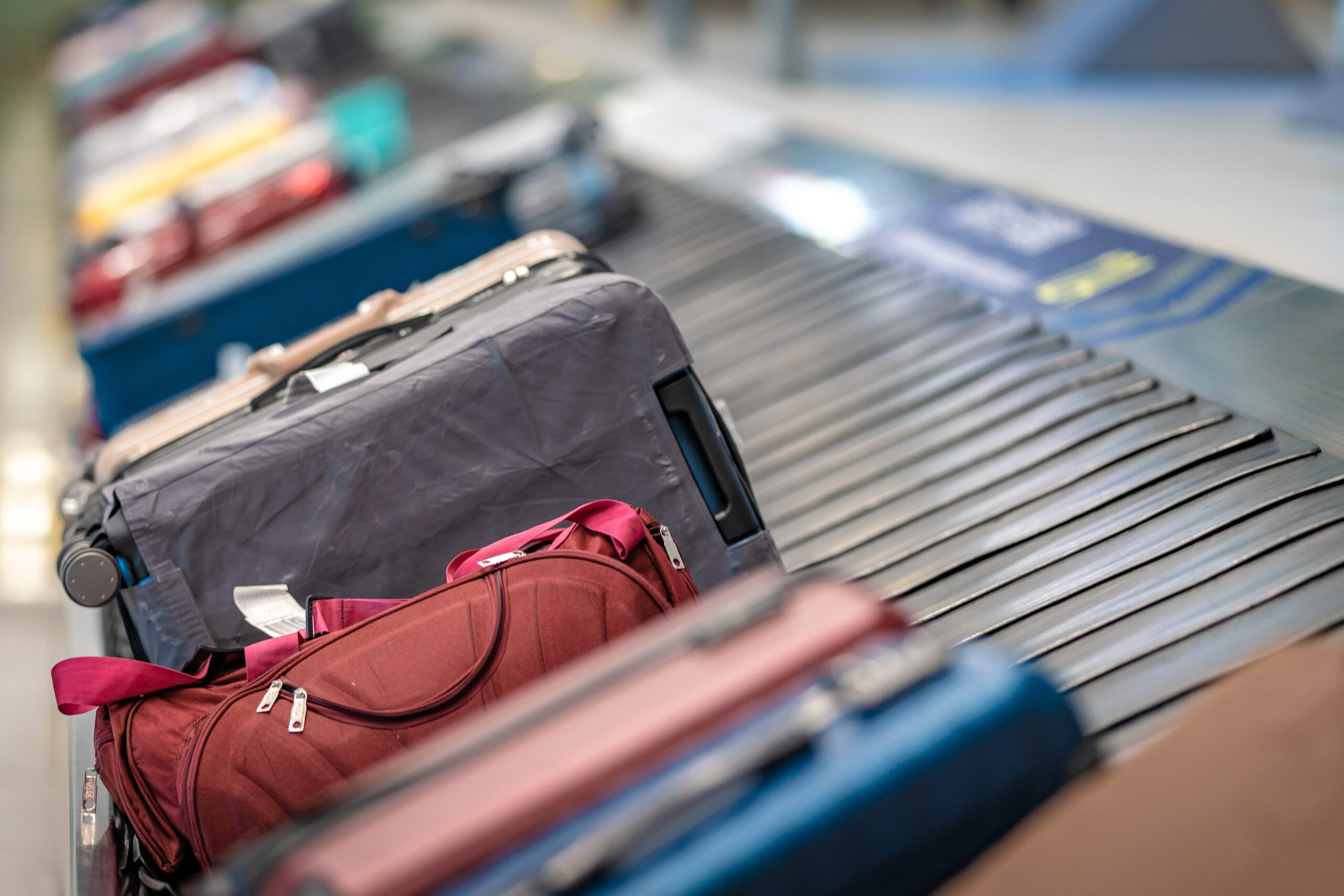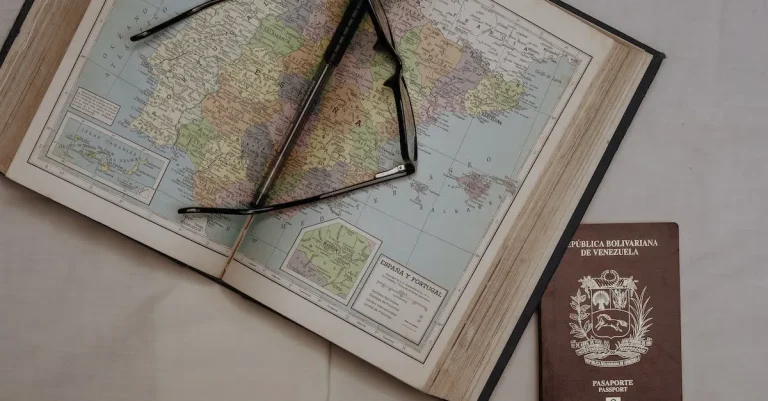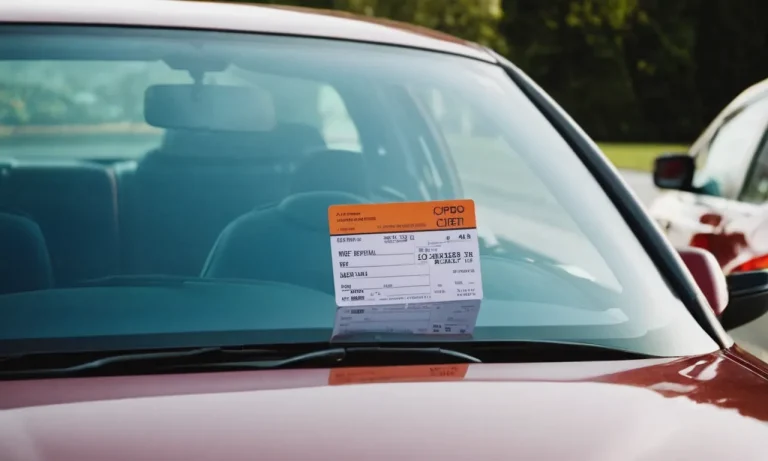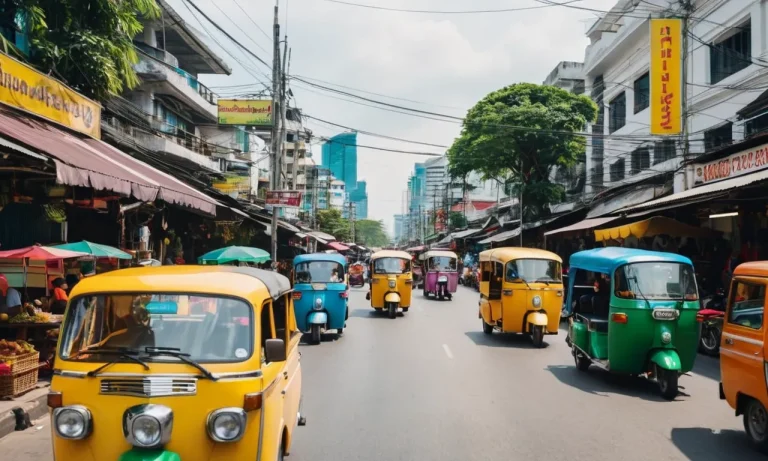Traveling can be stressful enough without having to worry about your luggage coming undone or opening up. Using zip ties on your luggage can provide an extra layer of security to keep your belongings safe. But is this allowed by airlines?
Here’s a quick answer: Yes, you can zip-tie luggage if you follow TSA guidelines. TSA agents need to be able to easily open and inspect your luggage, so they require you only to use TSA-approved zip ties designed to be quickly snipped off.
In this comprehensive guide, we’ll cover everything you need to know about zip-tying luggage. You’ll learn the pros and cons, rules to follow, what kind of zip tie to use, and tips for securing your luggage while still allowing easy TSA inspection.
Benefits of Zip-Tying Luggage
Zip-tying luggage offers several benefits that can help ensure the safety and security of your belongings during travel. Here are some of the key advantages:
Deters would-be thieves
One of the primary benefits of zip tying your luggage is that it deters potential thieves. By securely fastening your bags with zip ties, you make it more difficult for anyone to access your belongings without your knowledge.
This can act as a deterrent, as thieves are more likely to target bags that are easy to open and close quickly.
It is a simple yet effective way to protect your belongings, especially in crowded areas such as airports or train stations.
Prevents accidental opening
Another advantage of using zip ties on your luggage is that they prevent accidental opening. During travel, bags can undergo a lot of handling and movement, which may cause zippers to come undone.
By securing your zippers with zip ties, you can minimize the risk of your luggage accidentally opening and items falling out.
This is especially important if you have valuable or fragile items in your luggage. Zip tying your bags provides an extra layer of protection and ensures that your belongings remain securely inside.
Offers peace of mind
Using zip ties on your luggage can provide you with peace of mind throughout your journey. Knowing that your bags are securely fastened can alleviate any worries about theft or accidental opening.
You can focus on enjoying your trip without constantly worrying about the safety of your belongings.
Furthermore, zip ties are inexpensive and easy to use. They are readily available at most hardware stores and can be easily carried in your travel bag.
With just a simple twist, you can secure your luggage and have peace of mind throughout your entire trip.
Rules for Zip Tying Luggage
Use TSA-compliant zip ties
When it comes to zip tying your luggage, it’s important to follow the rules set by the Transportation Security Administration (TSA).
The TSA has guidelines in place to ensure the safety and security of all travelers. To comply with these regulations, make sure to use TSA-compliant zip ties.
These zip ties are specifically designed to be easily recognized and opened by TSA agents during security inspections. Using non-compliant zip ties may result in delays or even damage to your luggage.
Only use on zipper pulls
Zip ties should only be used on the zipper pulls of your luggage. The zipper pulls are the small tabs or loops that you use to open and close the zippers.
By securing the zipper pulls together with a zip tie, you can deter unauthorized access to your luggage.
However, it’s important to note that zip ties should not be used to lock your entire suitcase. TSA agents may need to open your luggage for inspection, and using zip ties on the main body of your suitcase can hinder their ability to do so.
Allow easy access for TSA inspections
While zip tying your luggage can provide an extra layer of security, it’s crucial to ensure that TSA agents can easily access and inspect your belongings if needed.
To facilitate this process, leave enough space between the zip tie and the zippers to allow for easy removal.
Additionally, avoid using multiple layers of zip ties or tightly securing the zipper pulls, as this can make it difficult for TSA agents to open your luggage without causing damage.
Remember, the goal is to strike a balance between security and accessibility.

Tips for Securing Luggage with Zip Ties
Only zip tie main compartments
When using zip ties to secure your luggage, it is important to focus on the main compartments. These are the areas where you store your clothes, toiletries, and other personal items.
By zip tying the main compartments, you can ensure that your belongings are secure and won’t fall out during transit.
It also adds an extra layer of protection against theft.
Leave external pockets accessible
While it’s important to secure the main compartments, it’s also essential to leave the external pockets accessible. These pockets are designed for easy access to items like your passport, boarding pass, or a water bottle.
By leaving them unzipped or using a different locking mechanism, you can easily access these items without having to cut through the zip ties each time.
Zip tie both zipper pulls together
When using zip ties, it’s crucial to secure both zipper pulls together. This ensures that the zippers cannot be opened without cutting the zip tie.
By securing both pulls, you add an additional level of security to your luggage, making it more difficult for someone to tamper with or open your bag without your knowledge.
Cut off old zip ties after inspections
After going through airport security or any other baggage inspections, it is important to cut off the old zip ties and replace them if necessary.
This allows for easy access to your luggage during your trip and avoids any inconvenience of having to cut through the zip ties each time you need to open your bag.
Remember to bring extra zip ties with you so that you can re-secure your luggage if needed.
What If My Luggage Is Damaged by Zip Ties?
If you discover that your luggage has been damaged by zip ties, there are several steps you can take to address the situation. Here are some options:
1. Document with TSA
If you notice the damage to your luggage while still at the airport, it is important to document the issue with the Transportation Security Administration (TSA) before leaving the premises. Approach the nearest TSA representative and explain the situation.
They will assist you in filing a report and provide you with the necessary documentation.
It’s crucial to keep a copy of this report for your records, as it will be required when filing a claim with the airline or seeking compensation.
2. File a claim with the airline
If the damage is severe or if you notice it after leaving the airport, the next step is to file a claim with the airline. Contact the airline’s customer service department as soon as possible and explain the situation.
They will guide you through the process of filing a claim and provide you with the necessary forms.
Be prepared to provide detailed information about the damage, including photographs if possible. It is also important to provide proof of the value of the damaged items, such as receipts or appraisals.
The airline will review your claim and, if approved, provide compensation or offer a resolution.
3. Use hard-sided luggage
To minimize the risk of damage caused by zip ties or other handling processes, consider using hard-sided luggage.
Hard-shell suitcases are designed to withstand rough handling and offer better protection for your belongings.
They are less likely to be damaged by the use of zip ties or other securing methods.
Hard-sided luggage is available in various sizes and styles, providing ample options to suit your travel needs. Investing in a durable suitcase can help prevent potential damage and give you peace of mind during your travels.
Conclusion
Zip tying your luggage can give you extra security and peace of mind when traveling.
By following TSA guidelines and using approved zip ties designed for luggage, you can deter theft and prevent your bags from accidentally opening.
Just remember to make it easy for TSA agents to access your luggage for required inspections. With the right kind of zip tie and some smart tips, you can strike a balance between safety and accessibility when traveling.






